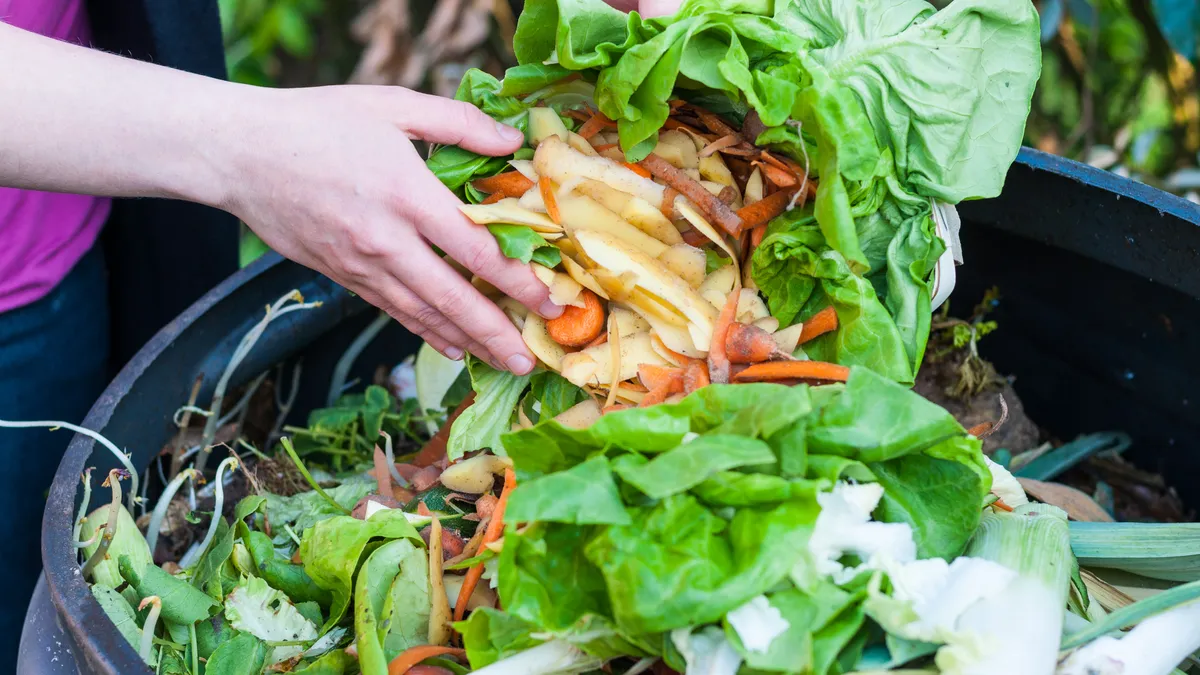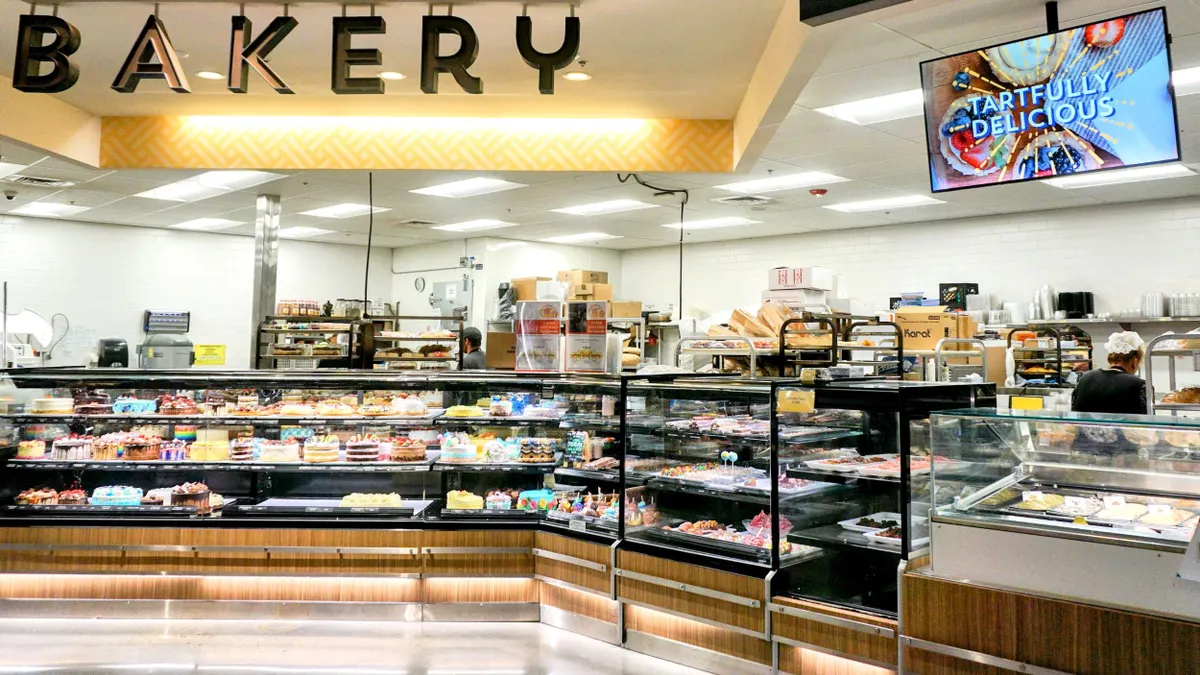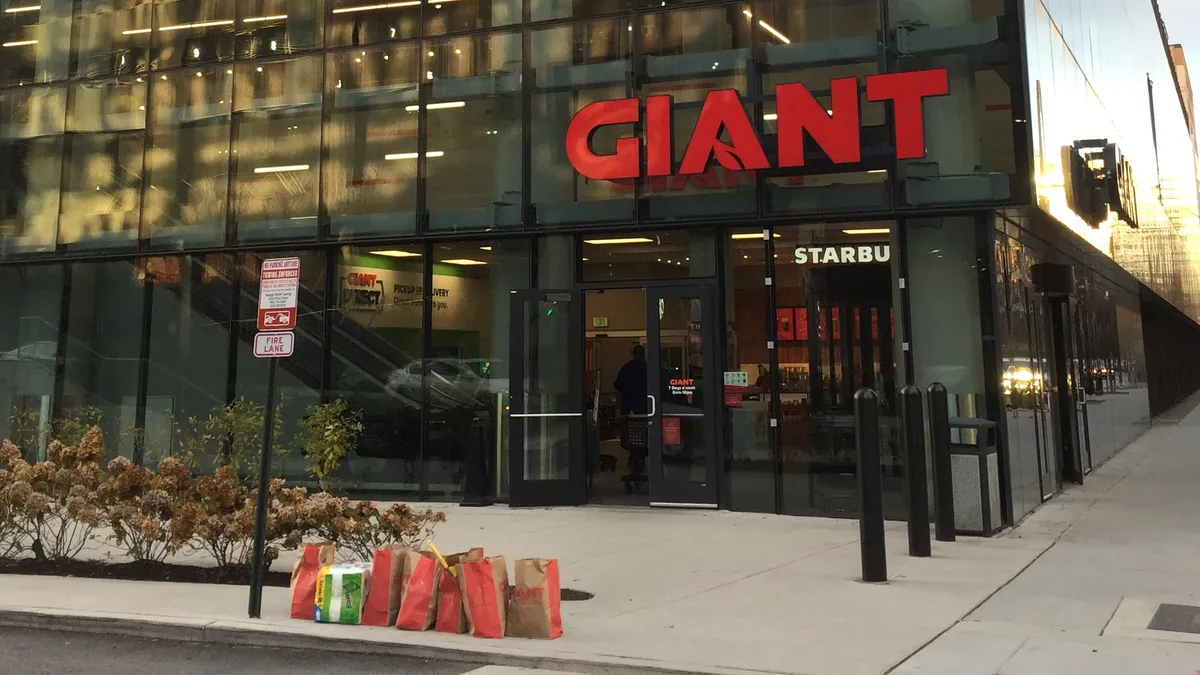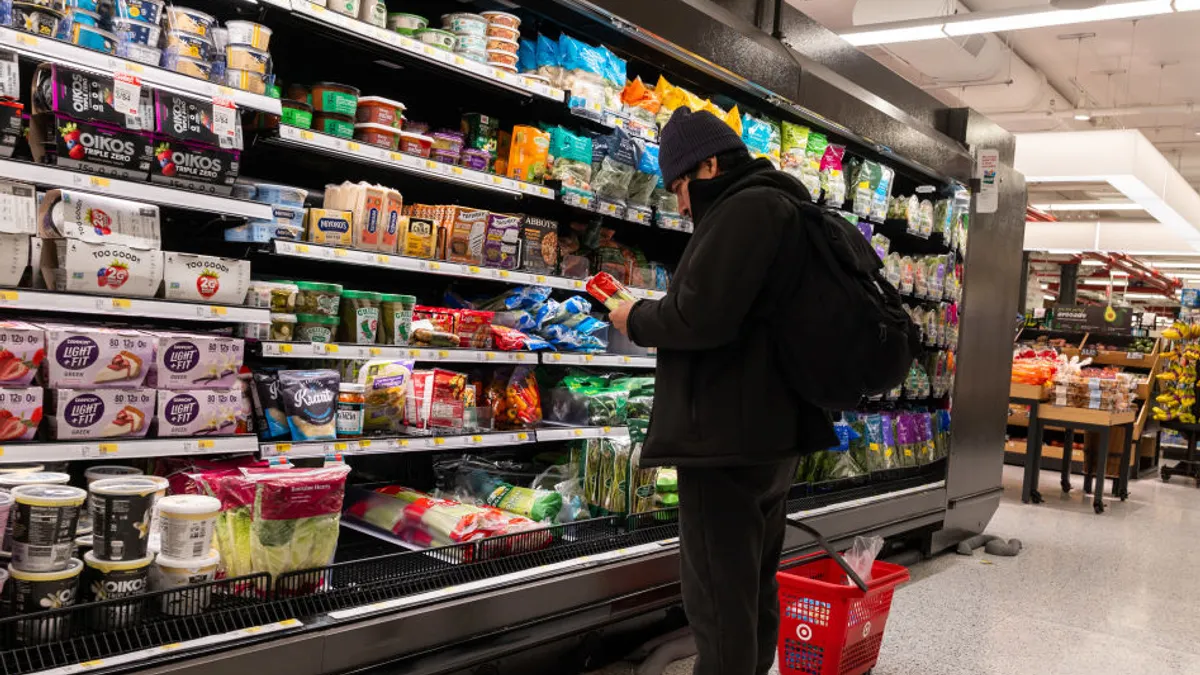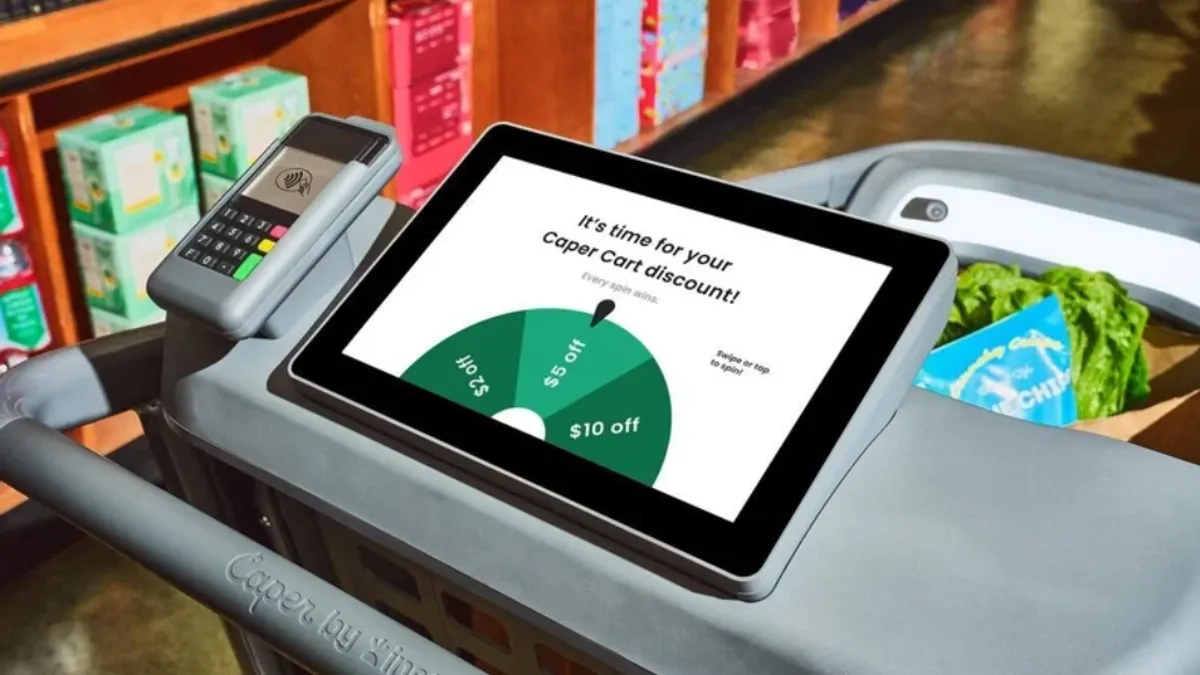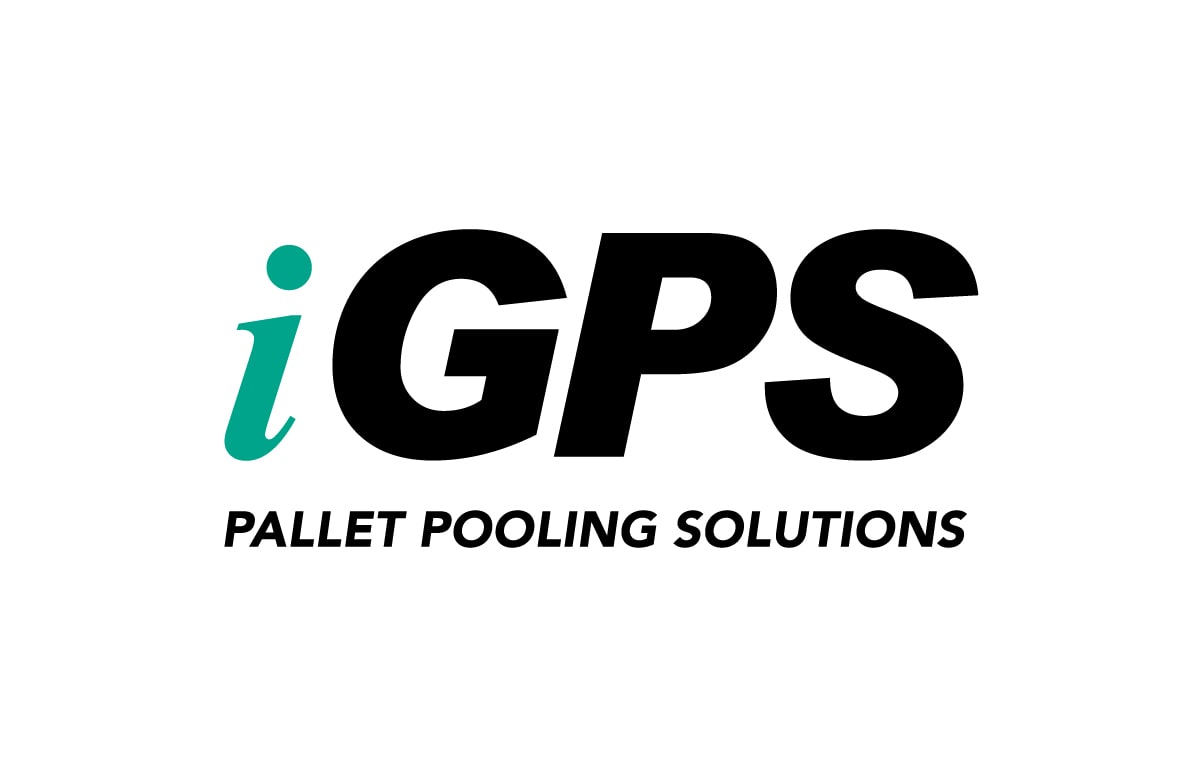As grocers dial up their efforts to reduce food waste — a key area of focus within sustainability — artificial intelligence and other digital innovations are helping food retailers improve their data processes and workforce efficiencies, says John Clear of Alvarez & Marsal.
Already, grocers large and small have turned to technology to boost their food waste initiatives. Twin Cities grocer Lunds & Byerlys recently teamed up with food waste technology company Phood Solutions, which gives employees the ability to scan and weigh food before it is added to the grocer’s deli food bars and again before the food is thrown away. Meanwhile, Albertsons has deployed fresh food optimization technology from Afresh Technologies, which also offers an AI-driven platform, across its entire store fleet with the goal of achieving a 50% reduction in the company’s food waste by 2030.
Clear, a director in the consulting firm’s consumer retail group, positioned technology, particularly AI, as one piece of an evolving supply chain and store management puzzle that grocers continuously aim to solve.
As grocers look at implementing AI or other technologies in the food waste space, Clear, who formerly spent almost a decade in the grocery industry, including serving in senior purchasing roles at Lidl US, cautioned grocers against relying on technology as the complete solution. In an interview with Grocery Dive, Clear also shared where the grocery industry’s interest in AI lies, and how implementing new technologies factors into employee training.
This interview has been edited for length and clarity.
Grocery Dive: What is the appetite among U.S. grocers when it comes to using technologies such as AI to address food waste?
CLEAR: The keys to making sustainability more mainstream are bringing home to the retailers like how it is highly beneficial not just to the planet, but also to them.
Obviously, everybody is beholden to whatever their leadership is and their bottom line is. And so the point here is that the less food you waste, the better it is for your bottom line. I think that's where the conversation is shifting at the moment — is we can improve how the product moves through the supply chain to make the whole initiative more profitable for everybody. I think it's not really just an ESG topic anymore, it's [turned into]: “We can actually be more sustainable while making the business more and more viable.”

Can you talk about the inventory management and ordering processes when it comes to data management for food waste?
When we speak with clients, with grocers in general, one of the biggest topics we discuss with regards to technology is that people can kind of view adding technology as a simple fix and it will solve the whole problem. It won't unless you've got pretty good standards and processes in place first, and you're using technology as an enabler. One of the phrases that we would generally use is: Technology won't fix your issues and it will generally break a broken system faster.
I think that there was a big push over the last decade or so to get data. And then there was a next push to parse and data. But that doesn't really get to the root cause of your issues. It's just providing new data and providing you in lots of different ways, including it in lots of ways that people can look at it. But the key is having actionable insights. You could be in situations where a company provides vague reports and dashboards to a lot of people — that's all it is.
From an inventory management perspective, the key to success are people who are successful, not only have access to the data and getting into their system, but are also parsing and editing the data in a way that is easy to understand. And integrate dashboards that break data into actionable insights, that’s the secret, I think, to making an impact there.
If you're going to then add on anything else on top of it like machine learning or an AI system, you need to have the data in the first place to be accurate. What I mean by that is if you're relying on imagery position in store, for example, you need to have a very well-trained store team to know how to manage their inventory in store, follow the processes correctly, make sure that the input from the store is correct so it doesn’t become a “garbage in, garbage out” scenario.
You need to protect the quality of the data that's coming into the system. Otherwise, it doesn't really give you much information at the end of the day.
“One of the phrases that we would generally use is: Technology won't fix your issues and it will generally break a broken system faster. … The key is having actionable insights.”
John Clear
Director in Alvarez & Marsal's consumer retail group
What is the importance of grocers getting more visibility into the supply chain when it comes to food waste?
The really good retailers are constantly discussing with their vendors what the [fresh produce] season looks like, what the crop looked like, what the weather conditions are. And in doing that, they will get a very clear view of how the vendor is producing the product, how they are storing it, the lead time from getting it from the distribution center to getting it to the store. If you don’t have that level of visibility into how the product is being produced and stored and shipped, you’ll never be able to control the quality of it when it hits the store floor.
For example, right toward the end of the season on grapes, they get stored in coolers. In Mexico, they take a lot of grapes off the vine, store them in coolers and then they could be sitting there for three, four or five weeks before they actually get shipped out to the retailer.
You need to know how old the product is before you receive it and start “aging” it from there rather than pretending that all items are the same when they arrive in your distribution center.
How does SKU velocity factor into food waste?
One of the problems for the industry is trying to have all items at all times for all customers. Whereas the best way to prevent food waste is [having] the right quantity at the right time in the right place.
When you think about a large, full-service retailer, they’ll try to have 400 SKUs of produce, 400 SKUs of fresh meat and poultry so they can satisfy any person’s need at any time and that’s part of their business model, so factored into that is a higher scrap rate for lower velocity items. It's obviously not good from a sustainability and food waste perspective.
So where you would then get into that mitigation of food waste would be that you need to lean into these higher velocity skews. If you can have more higher velocity SKUs in your store business then that’s going to naturally reduce the amount of food waste you have. It really comes down to the business model you’re trying to offer your customers.
And then if you’ve got a lower velocity SKU that doesn’t sell as fast, that's where it gets a little bit more complex in how you source that. What I mean by that is if you know you only sell two, three, four units of that product per store within the best-by date, you might need to do a very specific type of sourcing where you’re actually sending individual SKUs to the store rather than full cases. So it gets more expensive.
I would say if you're going to prevent food waste, to source it in a more expansive way so that you can like make it more efficient through the chain and you don't waste as much but a lot of retailers will factor in that they're going to waste the product on the back end.
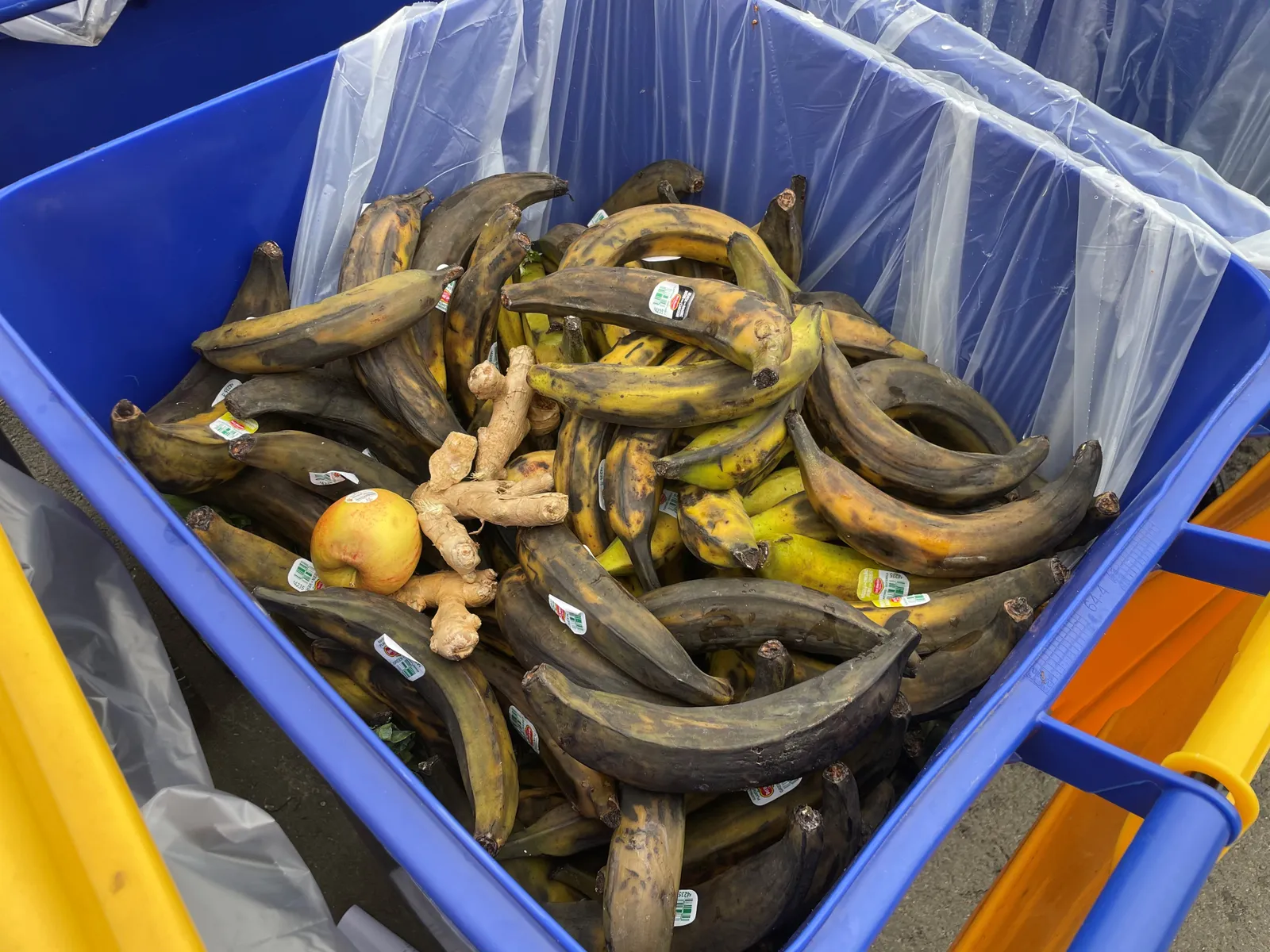
How does upcycling factor into preventing spoilage of a product that's about to expire?
For a full-service retailer, they will have a daily process where they will go through their areas and identify items that are coming to end of life and then repurpose them for foodservice, like prepared items. [Upcycling has] an impact but it’s actually extremely hard to quantify, though, because it comes back to the process point that I made earlier. In order to quantify that, you have to have a really rigorous system. Like for a watermelon at end-of-life, I’m going to have to code it in a way that shows I’m not dropping it but I’m moving it from here to the deli counter and chopping it up and putting it in a salad. The reality is most retailers don’t have a very good system for that. [Upcycling’s] more of an ad hoc, daily basis.
The most effective way to manage waste in your supply chain has to be proactive and not reactive.
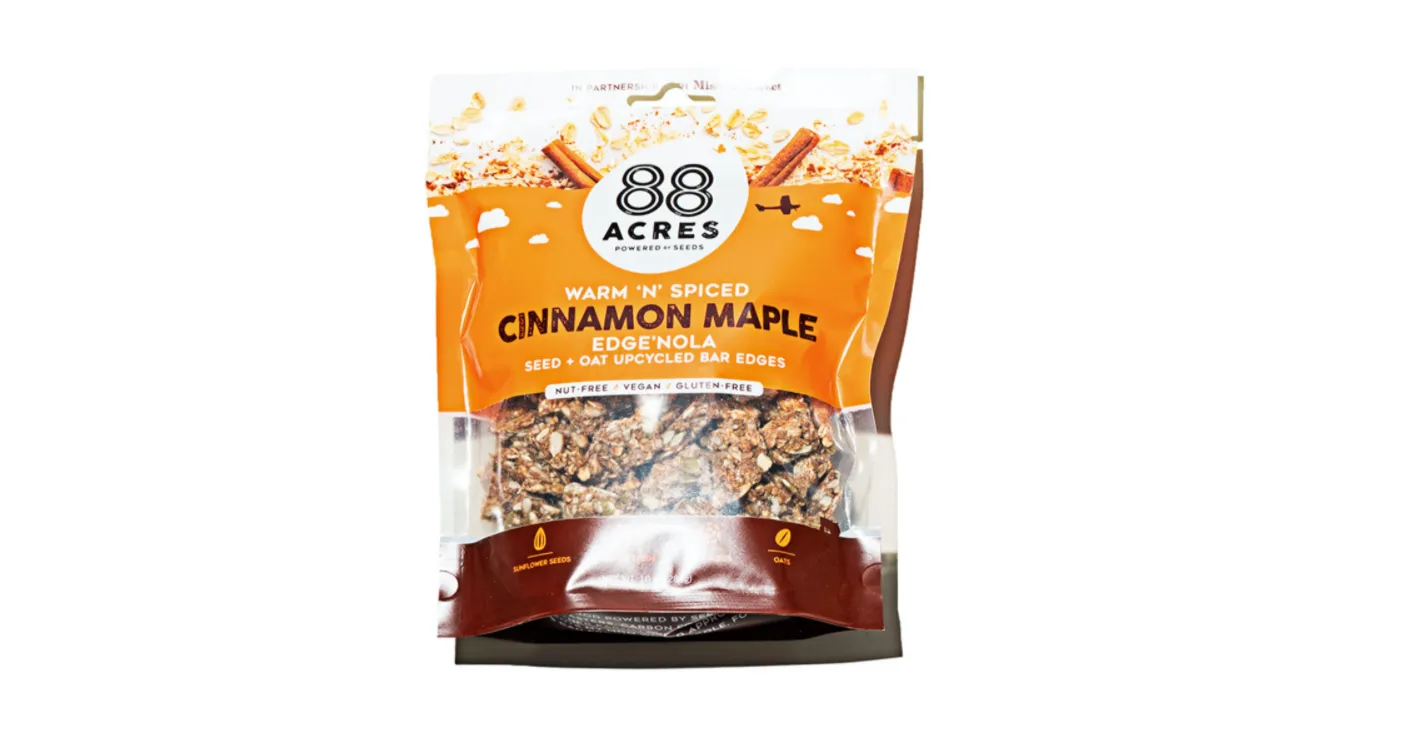
With ChatGPT and other artificial intelligence technologies featured prominently in the news, I’m curious if the media attention has impacted grocers’ interest in AI or digital literacy.
ChatGPT has made it appear that you can basically just log in and it will solve all of your issues.
So what we're seeing is that people say, “Hi, how can I use AI to solve this issue?” And then we'll say: “You need to go the process and build chain management into your whole supply chain. Make sure everybody's on board to work through all those processes.” And it becomes a little bit less exciting for a lot of people. It's like, “Oh, it's not really this kind of a one-stop-shop for all my problems.”
[Store managers] have data at every point trying to tell them what to do. In a lot of cases, they haven’t gone through extremely detailed analytical training and this is how you review data and this is the kind of inputs you should draw from it.
So what AI does, it will do that work for us. In most cases, a lot of retailers, what they do is they take this quantitative data that's run centrally and they have some sort of an input portal from stores that are supposed to receive information together. It requires a person to interpret that.
How store managers interpret that data can be extremely subjective and so that is a huge issue with the grocery industry in general — what is the single source of truth because there are so many variables, so many stores, so many different products?
What AI can do is have a data management model that will interpret data and provide future sales forecasts. Pair that with a qualitative questionnaire that the store manager fills in. That’s the kind of big unlock, in my opinion, within the industry if the AI systems do the work of analysts in a very consistent, structured way that’s unbiased.
We want people at a central level at grocery stores to be very highly analytical and data-oriented. The reality is most people who are data-oriented generally don't want to work at the grocery industry. They want to work at big tech, because that's where those skills are really sought after. So it's a real squeeze point in talent. And what we see is that AI can bridge that gap.
How does the rollout and additions of new technologies impact training for grocery workers, either at the store level or at the corporate level?
The winners in this space, in the AI space, can be the companies and the firms that make easy integration as easy as possible. So, what I mean by that is: A grocer comes to the table and says, “I have a challenge” or “I have this is my ideal scenario for my store associates.” What the tech provider should be doing is saying, “Hey, you have this talent and I have this system. You're going to adopt my system so that it's easy for your talent to use” — rather than the other way around.
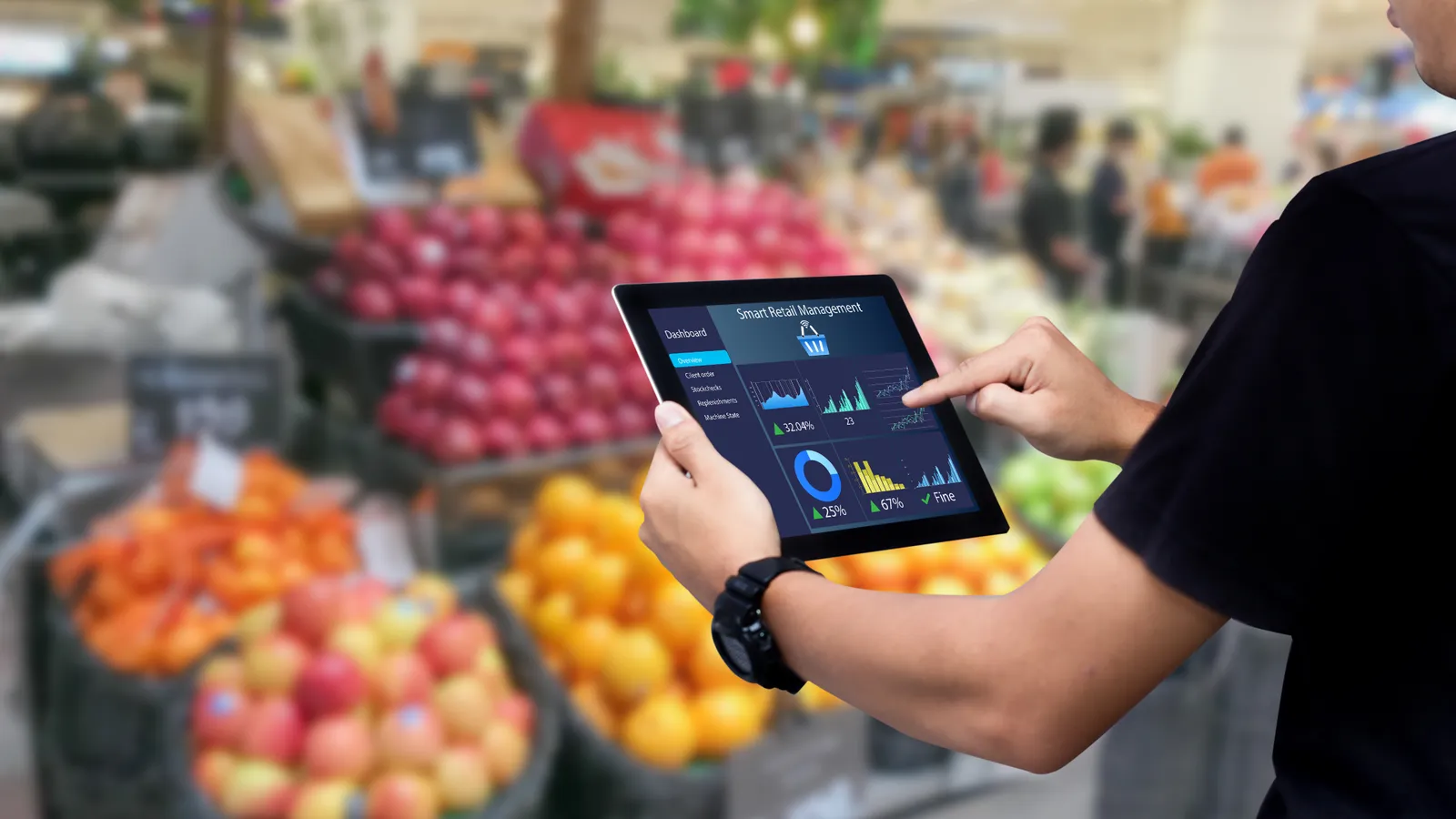
What we should be doing as an industry is the tech providers and people like us who enable this type of digital integration is to identify how we can create a platform or an interface that matches correctly with the skills a grocer already has in-house and then provides the outlook that they need to be effective.
Grocers are generally putting a lot of work into training people and upskilling but at the same time, that training still has to be relatively basic and consistent because being in the grocery industry, you've got in a lot of cases 100% turnover in positions, particularly at the associate level. At the store manager level, you can have turnover at 30%, 40% on an annual basis. So it's very difficult to then have like a very complex training program that's all based around algorithms and AI and very big, complicated concepts.
That's where the integration piece and the chain management piece become really important because the grocer only has a certain amount of the ability to invite that, but the software provider and the product developer need to develop it with the end user. That's where the success comes.
The grocer can’t change to adapt to every provider. The provider should adapt to the grocer.



